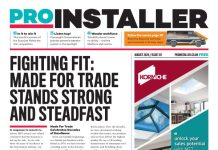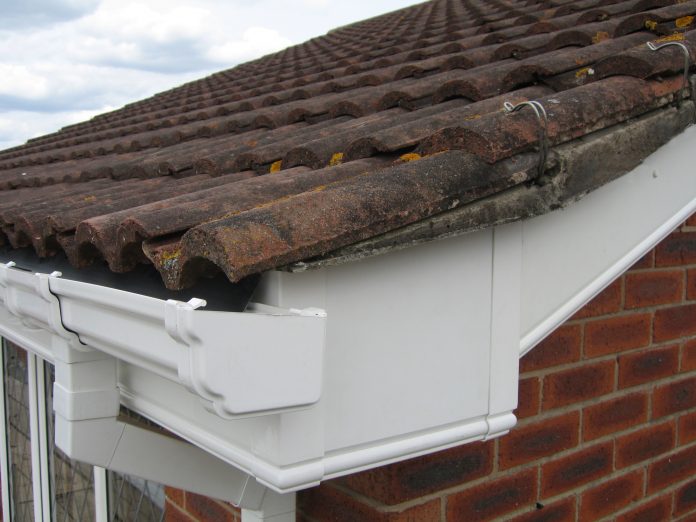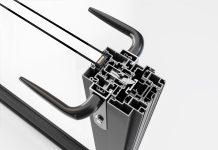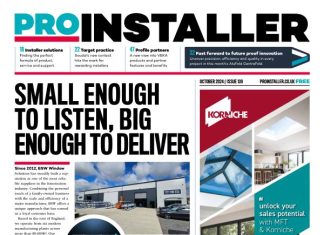A trade-focussed guide to solving R&M issues at the roofline.
Dave Osborne of roofline specialists Swish, takes a look at the roofline – the hard-to reach part of a building where the roof meets the walls – and looks at some of the important Do’s and Don’ts of roofline repair and maintenance.
Most problems at the roofline start with rot. We live in a damp climate and timber fascias, soffits and bargeboards – what the industry calls roofline products – all suffer badly and need replacing if they don’t see regular maintenance.
Here, we’re going to look at best practice at the roofline. Some do’s and don’ts that will remove the need for future repair and maintenance customer and ensure a good standard of workmanship for your customer.
First of all – choose the right material for the job. Softwood used to be king but cellular PVC is now the best choice at the roofline. It won’t rot, it doesn’t need painting, you don’t need special tools to fit and it costs roughly the same as timber. What’s more, it will last the lifetime of the building.
So, if you’re faced with soffit and fascia replacement and the old timbers are past their best, what’s the best way to tackle the job?
- Cut back and replace. There’s no point in covering old timbers if the are decayed. First of all, remove or push back a couple of rows of roof tiles to get a good look at the front and back of the fascia and the rafters. If they’ve seen better days, it’s better to replace. Only cap or cover if you are 100% sure of the existing substrate.
- Cut back rotten or degraded felt as it will serve no purpose if it doesn’t dress into the gutter. This can be replaced with an eaves protection system – a rigid PVC profile designed to be fixed on top of the fascia and rafters to bridge the gap left by cutting away the rotten felt. It also dresses into the gutter and will not degrade with exposure to rain wind or sun. Alternatively, use a new PVC membrane.
- Cut back any rotten rafter ends to sound material and splice in new sections. Make sure new timber feet or packers are set to line and level – a simple string line will do – as any small deviation will show once the fascia is fitted.
- Always use the correct fixings for the new boarding. For cellular PVC boards up to 9mm thick, use 2 x 40mm A4 stainless steel, ring-shanked Trimtop nails. For boards thicker than 9mm, use 2 x 65mm A4 stainless steel ring-shanked Trimtop nails. Centres should be @ 600mm for white boarding and 400mm for foiled and coloured boarding.
- Never butt boards together – always leave a 4-5mm expansion/contraction joint per board end. Cover these with PVC joint or corner trims.
- Don’t superglue or pin both sides of the PVC joint trim to the boards. This would prevent any expansion/contraction movement and could split the trim. Silicone one side and superglue the other or pin one side out of sight above the gutter line until the silicone cures.
- Provide adequate ventilation for new roofs – it’s a must for Building Regulations and it’s worth adding ventilation, either via the soffit, pre-vented or inserted ventilators or over-fascia ventilators [OFV] to minimise visibility and to bring older roofs up to current standards.
- Always make box ends from a single, large piece of profile, cut to suit, rather than jointing fillets of boards and risking water ingress. It looks better and it works better – Job done!
Dave Osborne is Technical Manager for Cellular PVC roofline specialists Swish Building Products. For more detailed guidance, we also recommend readers to refer to Industry Code of Practice available from The British Plastics Federation. www.bpf.co.uk
For more information:
Swish Building Products:
01827 317 200












